Elizabeth Rush Talks about “Lost & Found Hanoi”
The book “Lost & Found Hanoi” whose photographs are currently on display at Goethe Institut has attracted a lot of public attention since its official launch in Hanoi on 15 April. Author Elizabeth Rush talks with Hanoi Grapevine about the project, the participating photographers and about the image of Hanoi that the book offers.
The book compiles photos by five well-known photographers, both Vietnamese and expats, who are presently residing or have once lived in Hanoi. Each photographer captured a corner of Hanoi with Aaron Joel Santos on Hoan Kiem District, Maika Elan on Ba Dinh District, Matthew Dakin on Tay Ho District, Nguyen The Son on Hai Ba Trung District, and Elizabeth Rush (also the book’s editor) on Truc Bach Lake.
Different from many other travel tourists’ guidebooks, this photography book skips most of the tourist attractions that we often refer to when talking about Hanoi.
“The book isn’t meant to give the outsider a touristy, shiny, or exotic vision of Hanoi, more the book is meant to be an intimate portrait the city, to get into Hanoi’s back alleys, into the hidden parts of the city”, said Elizabeth.
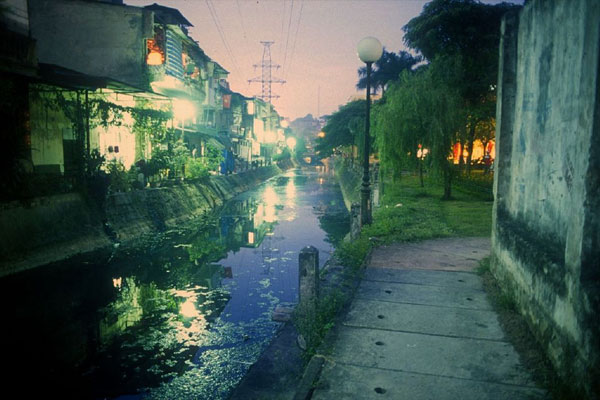 Photo by Elizabeth Rush
Photo by Elizabeth Rush
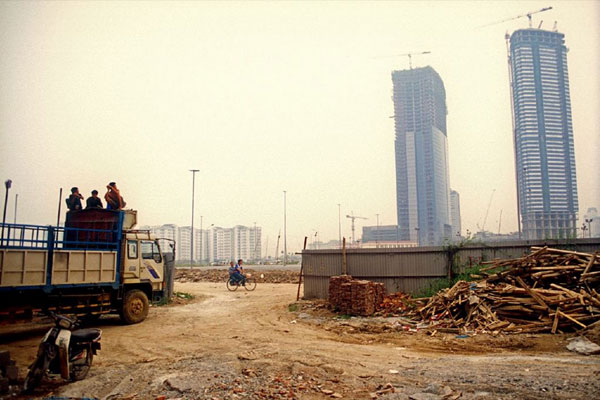 Photo by Elizabeth Rush
Photo by Elizabeth Rush
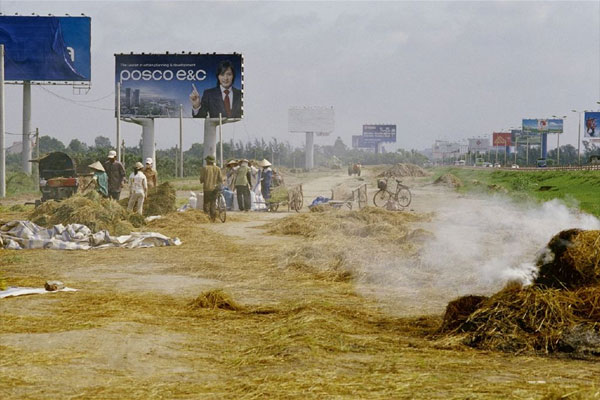 Photo by Elizabeth Rush
Photo by Elizabeth Rush
Elizabeth Rush is a writer and photographer who has crossed borders with Bangladeshi cattle smugglers, built homes with Lima’s squatters, climbed abandoned buildings on Hanoi’s periphery, and participated in the underground performance art scene in Yangon, Myanmar. Although having now moved back to Brooklyn (US) Elizabeth still keeps well in touch with the creative scene in Vietnam. She spent 2 years in Hanoi from 2007 to 2009 and met most of the other photographers while living here.
“It was easy enough to get them to participate, I asked and each said yes! Each of the photographers is a professional — The Son is a well regarded multi-media artist, Aaron shoots for the New York Times, Matthew makes his living doing commercial and editorial photography in Hanoi, and Maika recently won the World Press Award. So everyone is busy always with their professional work, but a lot of what is in Lost&Found is more private, a glimpse into the everyday lives and visions of each of these photographers. They didn’t shoot for the book, instead they handed me a stack of images from their Hanoi collections.”
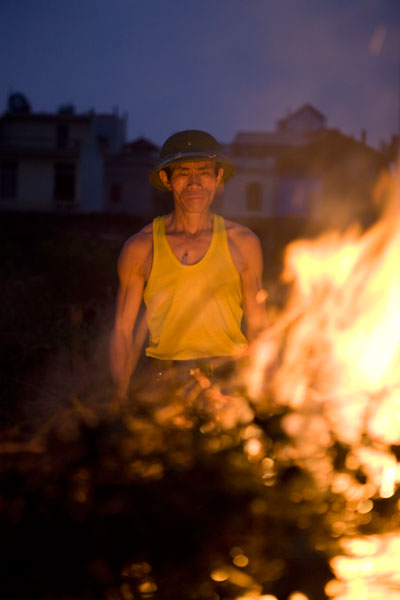 Photo by Matthew Dakin
Photo by Matthew Dakin
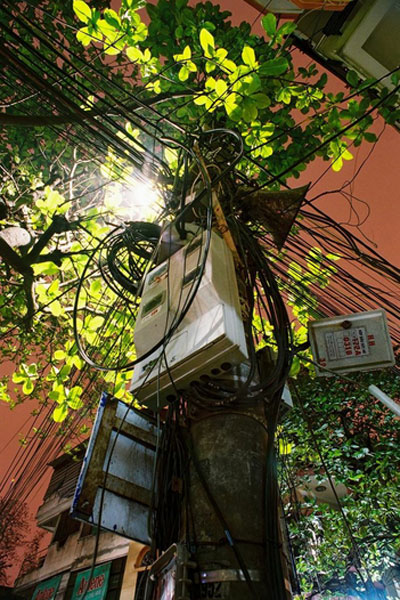 Photo by Nguyen The Son
Photo by Nguyen The Son
Elizabeth was approached by the publisher Things Asian Press in early 2012 about ideas for the book, which means it took her roughly 2 years to realize the project from the planning till the release. Nevertheless, she thinks that: “It isn’t too long all things considered. I have seen these things take much longer.”
The book has captured Hanoi with its most original characteristics without any fancy adornment, which has caused some Hanoi residents to express concern about whether it offers an accurate impression about the city. On addressing the issue, Elizabeth clearly stated: “I think intimacy is beautiful, even if it exposes some rough surfaces (…) And what is beautiful about intimacy is that it is a space where presenting a “good face” is not longer required. Intimacy is scary in a sense, and I hope this book captures Hanoi that way, close up, without its make up on. To me its more interesting and beautiful that way.”
Even though there might be some different viewpoints from the public there is still one thing we can be certain about – the book surely triggers great memories for all who have had the opportunity to experience life in Hanoi.
 Photo by Aaron Joel Santos
Photo by Aaron Joel Santos
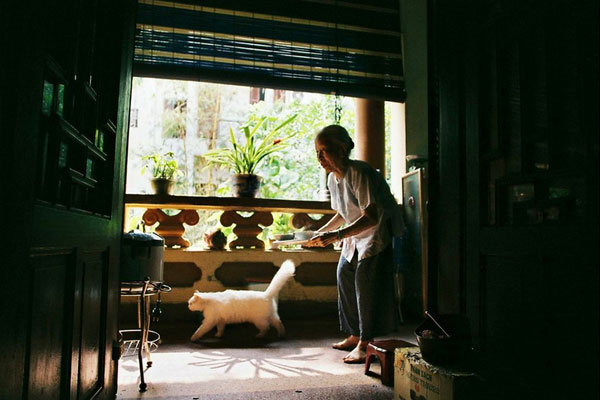 Photo by Maika Elan
Photo by Maika Elan